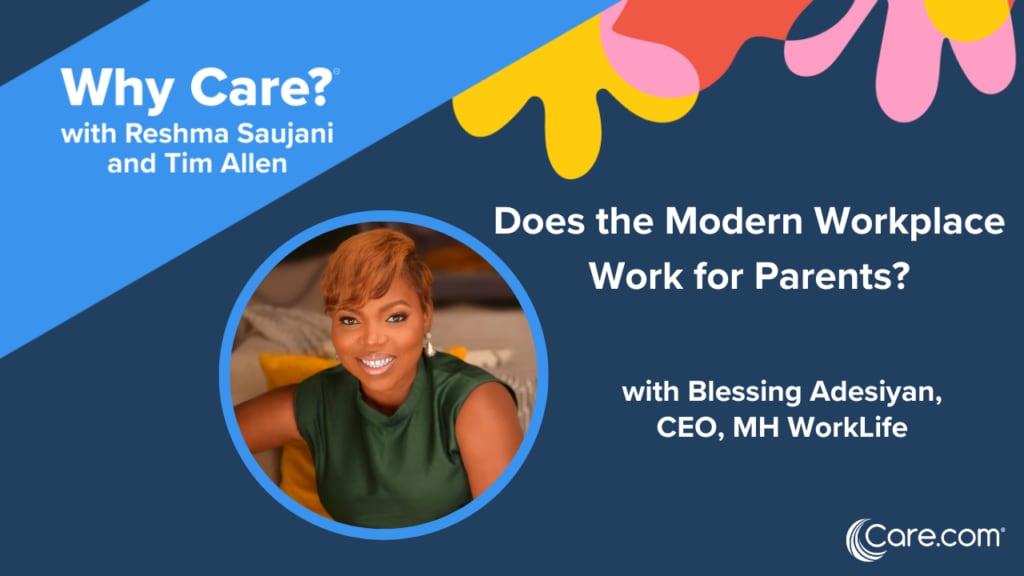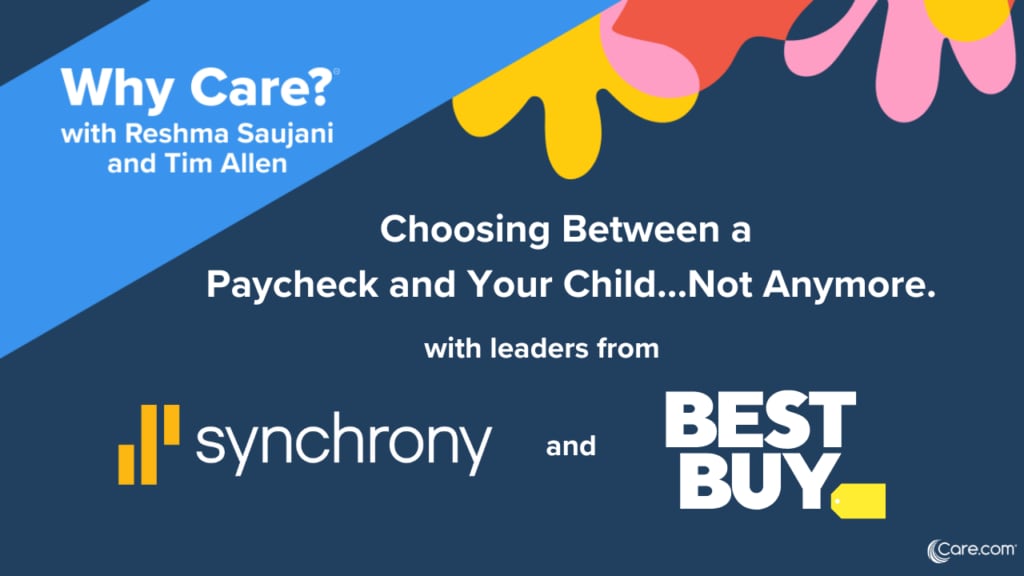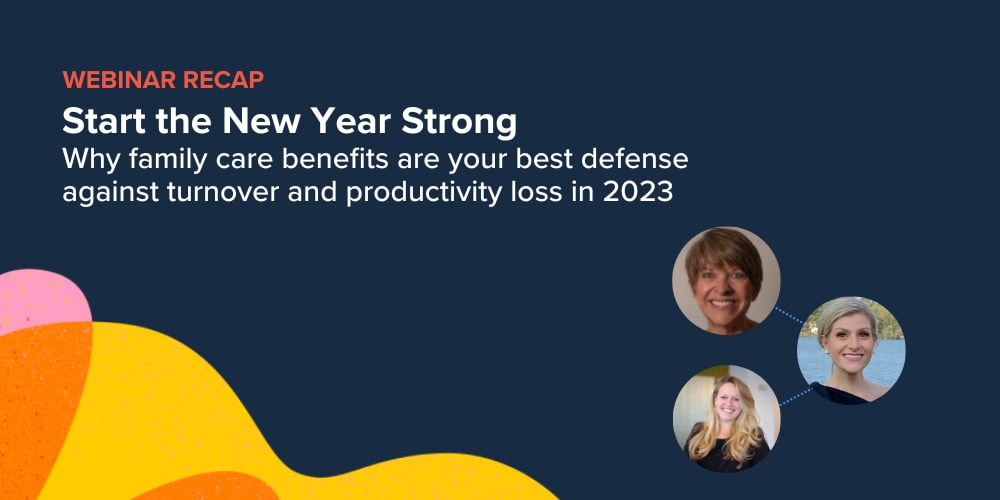When it comes to benefits and making smart investments in today’s economic climate, employers are looking for strategies that are low in risk and high in rewards. This is exactly what they get when investing in employer sponsored child care programs. With 95% of employers recalibrating their benefit strategies, 46% of employers told Care in the Future of Benefits report that they will continue to prioritize child care benefits in 2023. This begs the question, what do these employers know that others don’t?
Simply put, the positive impact of child care benefits can be felt across entire populations of people, from working parents, to new mothers and their children, as well as future generations who are entering the workforce ready to build a life for themselves. Savvy employers know that by offering valuable child care programs to their employees, they are able to be a part of a life-changing solution, while harnessing crucial benefits for themselves and their bottom line.
What does investing in an employer sponsored child care program look like?
In order for an investment in child care benefits to truly make an impact, employer paid child care benefits must be of high quality, affordable, and accessible for families of all incomes, regions, and care needs. This could look like offering soon-to-be working parents paid parental leave, subsidizing child care benefits after the child is born, or providing public resources that equip parents with the support they need when raising their children.
Child care benefits come in all shapes and sizes, which is a good thing since there is no one size fits all solution for every single family, workforce, or population. There are several different types of child care benefits, but the most in demand include:
- Flexible care options
- Backup child care
- New parent support
- Monetary subsidies for child care
- Tutoring platforms and subsidies
How do we each benefit?
Empowering women personally and professionally: In a recent Harvard Business Review study, 26% of women who became unemployed during the pandemic said it was due to a lack of childcare. This matters because according to the McKinsey Global Institute, employers are potentially losing up to $840 billion in economic output due to diminished workforce participation of women—who tend to be the primary child caregivers. Care is the linchpin that allows more working mothers to remain in the workforce and balance their caregiving responsibilities at home. When interviewed by Care’s CEO Tim Allen, renowned economist Betsey Stevenson also discussed how we shouldn’t approach parenting and childcare responsibilities as a women’s issue at all. But when investments in childcare benefits are made for the betterment of the entire family, women are as a result, more empowered to make personal, financial, and professional decisions for themselves.
Competitive advantages for employers: Everyone’s bottom line is impacted by the broken child care system. Nationally, the cost of lost earnings, productivity, and revenue due to inadequate child care resources just for parents of children under the age of three totals an estimated $122 billion each year. Because there is no legislature that provides subsidized child care for working families, leading employers have found these competitive advantages when they offer employer-sponsored child care programs to their employees:
-
- Increased productivity
- More diversity and inclusion
- Better recruitment and retention
- Improved employee satisfaction,
- Positive reputation and brand awareness
Cost of care relief for working families: No matter what economic situation families find themselves in, child care is expensive. According to a report by UNICEF, most wealthy countries outside of the U.S heavily subsidize child care for disadvantaged groups. In 19 of these countries they analyzed, a single parent of low earnings would pay less than 5% of their wages on childcare for 2 children full time. However, in the U.S, such a parent would need to spend between one third and half of their salary for the same care. What’s worse? According to the latest Care.com Cost of Care survey, child care got even more expensive in 2022 for 63% of parents.
Better quality of life for children: Quality child care and early childhood education have been tied to positive long-term outcomes for children. When it comes to children in low-income homes, they also benefit most from access to quality child care because it’s their parents who are struggling to make ends meet. Child care support affords them access to that care, which in turn, creates a more stable home environment. When the children in a family are thriving, the family unit as a whole does as well.
Supporting future generations: When we take into account all of the ways investing in childcare benefits us, it’s easy to see how it creates a better society for future generations to be born into. In 2020, the general fertility rate fell 2% to 58.2 births per 1,000 women, its lowest level since the US government began tracking this data. With no childcare infrastructure to support them, it is no surprise that Millennial and Gen Z adults are choosing to wait longer or not have children at all due to the financial burden of childcare.
Investing in the future
Our child care system is a complicated, multi-layered problem where it’s easy to agree something needs to be done, but far harder to agree on a solution. But one thing is crystal clear: investing in child care through employer-subsidized child care is an investment in the future we want to have. And like all good investments, if we aren’t thinking about the long-term return, we’re doing it wrong.
With the rising costs of care, changes to the job market, and a rapidly changing work culture where employees have more care responsibilities falling on their shoulders at home, we cannot afford to ignore the positive impact childcare benefits have in all of our lives. After all, aren’t we worth it?
Want to see how other leading employers are investing in child care benefits?
Check out the 2023 Future of Benefits report where 500 HR and business leaders gave us an inside look into how their care benefits support their workforce.






